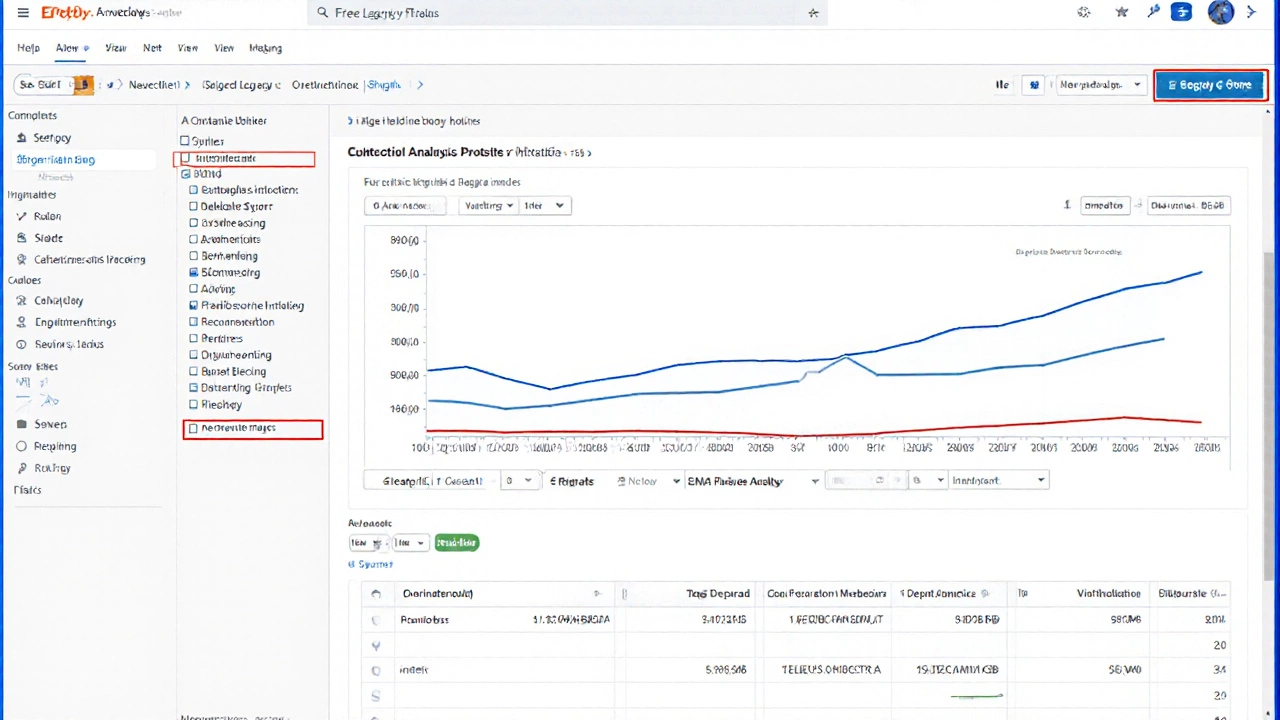Workload Comparison Calculator
Typical US workload: 30-40 hours
When you hear "British education system" people immediately picture intense exams and narrow subject choices. Across the pond, the "American education system" is often linked to a broader curriculum and multiple test options. So, which one really packs a bigger punch for students? Below we break down the two pathways, compare the main qualifications, and give you a realistic feel for the day‑to‑day workload.
How the Two Systems Are Structured
In the UK, compulsory schooling runs from ages 5 to 16, ending with the A-level a two‑year qualification focused on a small set of subjects chosen by the student. After that, students may move on to university, apprenticeships, or further study.
In the US, students typically finish high school at 18 after a four‑year program that mixes core subjects with electives. The key college‑entry exams are the SAT a standardized test measuring reading, writing, and math skills and the ACT a similar test that includes a science reasoning section. Many schools also offer Advanced Placement college‑level courses and exams that can earn credit before university.
Core Qualifications: A‑Level vs SAT/ACT/AP
British education system relies on A‑levels as the primary gateway to university. Students usually select three (sometimes four) subjects and study them in depth for two years. The final grades, ranging from A* to E, determine university offers.
In contrast, American students juggle several metrics: SAT or ACT scores (out of 1600 or 36), GPA (on a 4.0 scale), and AP exam results (1‑5). Admissions officers weigh these numbers alongside extracurriculars, essays, and recommendations. Because the US system looks at a broader mix, a single bad test day rarely blocks university entry.
Grading and Assessment Styles
UK exams are high‑stakes. Most A‑level marks come from a handful of end‑of‑course papers, meaning there’s little room for error. Some subjects also have coursework components, but these usually count for a small percentage.
US assessments spread the risk. The SAT and ACT are one‑shot tests, but students can retake them multiple times. AP exams are also single‑day, yet students can decide whether to sit for an exam based on their confidence.

Typical Study Hours and Workload
Surveys of British sixth‑formers report an average of 15-20 study hours per week per subject during exam season-roughly 45-60 hours total. The intensity spikes in the final three months, often dubbed "revision crunch."
American seniors usually spend about 10-12 hours per week on each AP or SAT prep class, plus homework for other classes. Total study time averages 30-40 hours weekly, but it’s spread across more subjects, making the daily load feel lighter.
University Admission Expectations
UK universities publish explicit entry requirements: an A*AA for Oxford, AAA for many Russell Group schools, etc. If you miss the target, you generally need to reapply or consider a foundation year.
US colleges use a holistic model. A 1400 SAT score, 3.8 GPA, and strong extracurriculars could earn a spot at a top school, while a 3.2 GPA with decent test scores might land you in a mid‑tier university. The flexibility means students can strengthen one area to compensate for another.

Pros and Cons of Perceived Difficulty
- British education system:
- Depth of knowledge - you become an expert in chosen subjects.
- Clear, transparent university thresholds.
- High pressure on a few exams can be stressful.
- American education system:
- Broader skill set - exposure to many disciplines.
- Multiple pathways to admission reduce single‑point failure.
- Less depth in any one subject may leave gaps for specialized study.
Quick Checklist: Deciding Which Path Fits Your Goals
- Do you prefer deep focus (A‑levels) or a wide curriculum (US high school)?
- Are you comfortable with a few high‑stakes exams, or would you rather have several chances to improve?
- Which universities are you targeting? Check their entry requirements.
- Consider your personal learning style: self‑directed study works well for A‑levels; classroom interaction suits US schools.
- Think about post‑secondary plans: UK degrees are typically three years; US degrees include general education for four years.

Frequently Asked Questions
Is an A‑level harder than the SAT?
Hardness is subjective. A‑levels require deep study of three subjects and a single exam per subject, while the SAT measures general reasoning in one sitting. If you thrive on depth, A‑levels may feel more challenging; if you prefer variety, the SAT’s breadth can be tougher.
Can a UK student apply to US universities without taking the SAT?
Yes. Many US schools accept A‑level results in place of SAT/ACT scores, especially if the student’s grades are strong. Policies vary, so check each college’s international admissions page.
Do AP courses count as A‑levels?
Not directly. AP exams are US‑based and scored 1‑5, while A‑levels use the A*‑E scale. However, universities often view solid AP scores as equivalent to A‑level grades for admission purposes.
Which system better prepares students for university research?
A‑levels give more subject depth early on, which can help with research‑heavy degrees. US students often gain research experience through extracurricular projects and AP labs, which can be equally valuable.
How do grading scales compare between the two systems?
UK A‑levels range from A* (top) to E (pass). US grades use letters A‑F, often translated to a 4.0 GPA. For university entry, a UK A*AA roughly equals a US GPA of 3.9‑4.0 plus a 1500‑1550 SAT score.
Side‑by‑Side Comparison Table
| Aspect | British System | American System |
|---|---|---|
| Primary Qualification | A‑levels (3‑4 subjects, 2‑year study) | SAT/ACT plus optional AP exams |
| Assessment Style | High‑stakes final exams (few papers) | Multiple tests, retakes allowed |
| Study Hours (peak) | 45‑60 hrs/week (exam season) | 30‑40 hrs/week (spread across subjects) |
| University Entry | Specific grade thresholds (e.g., AAA) | Holistic review (GPA, test scores, activities) |
| Curriculum Breadth | Focused depth in chosen subjects | Broad exposure to many disciplines |
| Key Governing Bodies | Ofqual, exam boards (AQA, Edexcel) | College Board (SAT, AP), ACT, Inc. |
In short, the British system leans toward depth and one‑shot pressure, while the American system spreads risk across several tests and a wider curriculum. Neither is universally "harder"-it depends on the student’s strengths, learning style, and future plans.
